
PUMPA - SMART LEARNING
எங்கள் ஆசிரியர்களுடன் 1-ஆன்-1 ஆலோசனை நேரத்தைப் பெறுங்கள். டாப்பர் ஆவதற்கு நாங்கள் பயிற்சி அளிப்போம்
Book Free DemoIntroduction:
Human beings inhale atmospheric air. Due to continuous inhalation of contaminated air, airborne microorganism's enters into body and the chances of causing infections are higher. Most respiratory tract infections are acquired by inhaling air containing the pathogen transmitted through droplets caused by cough or sneeze, dust, and spores. Bacteria and viruses cause airborne diseases.
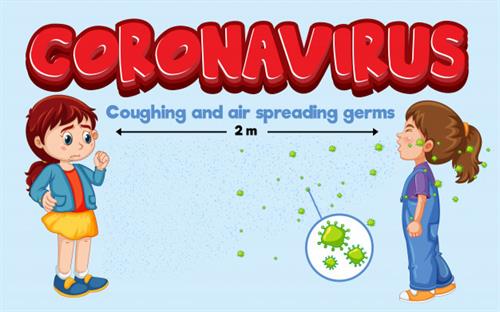
Note: Suppose a person is suffering from a common cold with sneezing and coughing. In that case, The droplets of the infected person will have thousands of viruses that can be transmitted to another person when they both come in contact with each other.
A few airborne diseases and their modes of transmission are explained below.
Airborne diseases caused by bacteria:
1. Tuberculosis (TB)
It is an infectious, contagious disease.
Causative organism: Mycobacterium tuberculosis.
Organs affected: Lungs
Mode of transmission: Airborne droplet from the sputum of infected persons.
Symptoms:
Causative organism: Mycobacterium tuberculosis.
Organs affected: Lungs
Mode of transmission: Airborne droplet from the sputum of infected persons.
Symptoms:
- Persistent cough
- Loss of appetite
- Weight loss
- Fever
- Night sweats
Treatment: Infected person has to be treated with anti-tuberculosis drugs for 6 months to one year.

A person is suffering from TB and presence of Mycobacterium tuberculosis inside his lungs
2. Diphtheria
Causative organism: Corynebacterium diphtheriae.
Organs affected: Upper respiratory tract (nose and throat).
Mode of transmission: Droplet infection and droplet nuclei
Symptoms:
Organs affected: Upper respiratory tract (nose and throat).
Mode of transmission: Droplet infection and droplet nuclei
Symptoms:
- Fever
- Sore throat
- Choking of the air passage.
Treatment: Antibiotics such as penicillin or erythromycin used for the treatment of diphtheria.
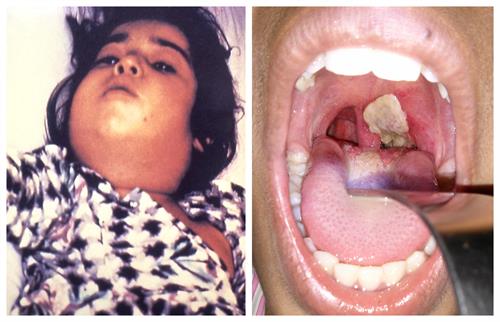
The infection of Diphtheria inside a person's throat
3. Whooping Cough (Pertussis)
Causative organism: Bordetella pertussis.
Organs affected: Respiratory tract.
Mode of transmission: Droplet infection, direct contact with an infected person.
Symptoms:
Organs affected: Respiratory tract.
Mode of transmission: Droplet infection, direct contact with an infected person.
Symptoms:
- Mild fever
- Severe cough ending in a whoop.
Treatment: Azithromycin and erythromycin antibiotics are used for the treatment of whooping cough.
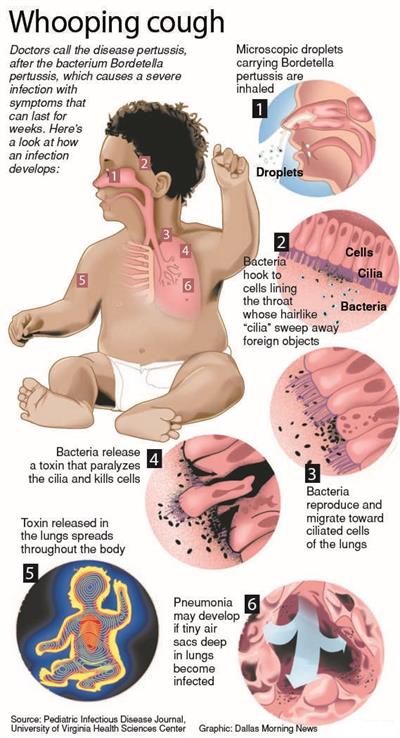
Infection sequence of whooping cough disease
Airborne diseases caused by the virus:
1. Common cold
It is an infectious disease, which is easily spread from one person to another person.
Causative organism: Rhinovirus (Other viruses that can cause cold include coronavirus, influenza and Adenovirus)
Mode of transmission: Droplet infection
Tissues/ Organs affected: Upper respiratory tract (Inflammation of nasal chamber).
Symptoms:
Mode of transmission: Droplet infection
Tissues/ Organs affected: Upper respiratory tract (Inflammation of nasal chamber).
Symptoms:
- Fever
- Cough
- Running nose
- Painful throat
- Sneezing and headache
Treatment: There's no specific medicine to cure a common cold, but lots of drugs are used to relieve the coughing, sneezing, and stuffiness that go with it.
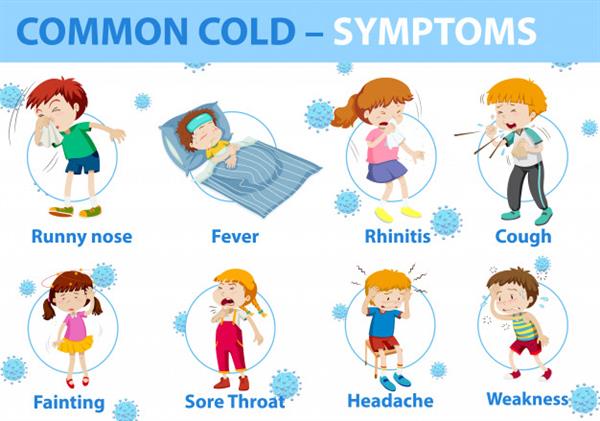
2. Measles
It is an infectious disease, and it is very quickly transferred from the infected person to another person.
Causative organism: Rubeola Virus
Mode of transmission: Droplet infection, droplet nuclei and direct contact with an infected person.
Tissue/Organ affected: Respiratory tract
Symptoms:
Mode of transmission: Droplet infection, droplet nuclei and direct contact with an infected person.
Tissue/Organ affected: Respiratory tract
Symptoms:
- Eruption of small red spots or rashes in skin
- Cough and sneezing
- Redness of eye (Conjunctivitis)
- Pneumonia
Treatment: No specific treatment available for measles, but the condition usually improves within 7 to 10 days. Affected persons can recover from the disease by proper rest and diet.
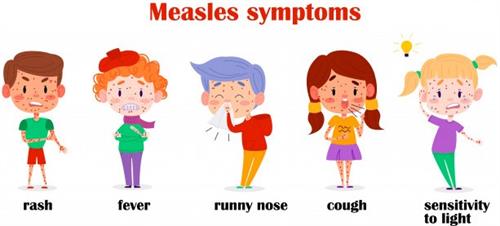
3. Chickenpox
Chickenpox is an infectious disease caused by a virus, and it is most common among children and adults. Its is causing by the direct contact with the infected person.
Causative organism: Varicella Zoster virus
Mode of transmission: Droplet infection, droplet nuclei and direct contact with an infected person.
Tissue/Organ affected: Respiratory tract
Symptoms:
Mode of transmission: Droplet infection, droplet nuclei and direct contact with an infected person.
Tissue/Organ affected: Respiratory tract
Symptoms:
- Eruptions in the body and face (in the form of blisters or spots)
- Fever
- Uneasiness
Treatment: The affected persons are isolated for a week until blisters are crusted. An antiviral drug such as acyclovir or valacyclovir is used to minimize the symptoms of chickenpox in adults.
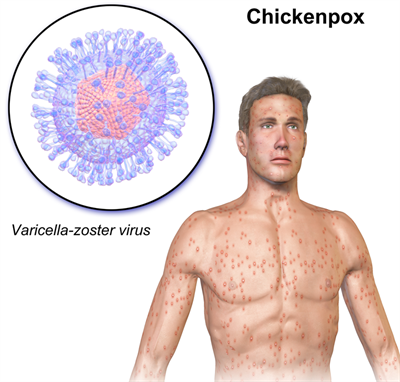
- Robert Koch discovered the bacterium Mycobacterium tuberculosis.
- Mantoux test: A highly specific tuberculin skin test for detection of tuberculosis.
- National Tuberculosis Control Programme was started in 1962.
- DTaP vaccine can prevent diphtheria, tetanus, and pertussis.
Important!
Reference:
https://www.freepik.com/free-vector/coronavirus-theme-with-coughing-air-spreading-germs_7686804.htm
https://upload.wikimedia.org/wikipedia/commons/0/09/Depiction_of_a_tuberculosis_patient.png
https://upload.wikimedia.org/wikipedia/commons/4/47/Dirty_white_pseudomembrane_classically_seen_in_diphtheria_2013-07-06_11-07.jpg
http://thepioneeronline.com/wp-content/uploads/2010/08/Whooping_cough.jpg
https://www.freepik.com/free-vector/common-cold-symptoms-cartoon-style-infographic_9741943.htm#page=1&query=Common%20cold&position=0